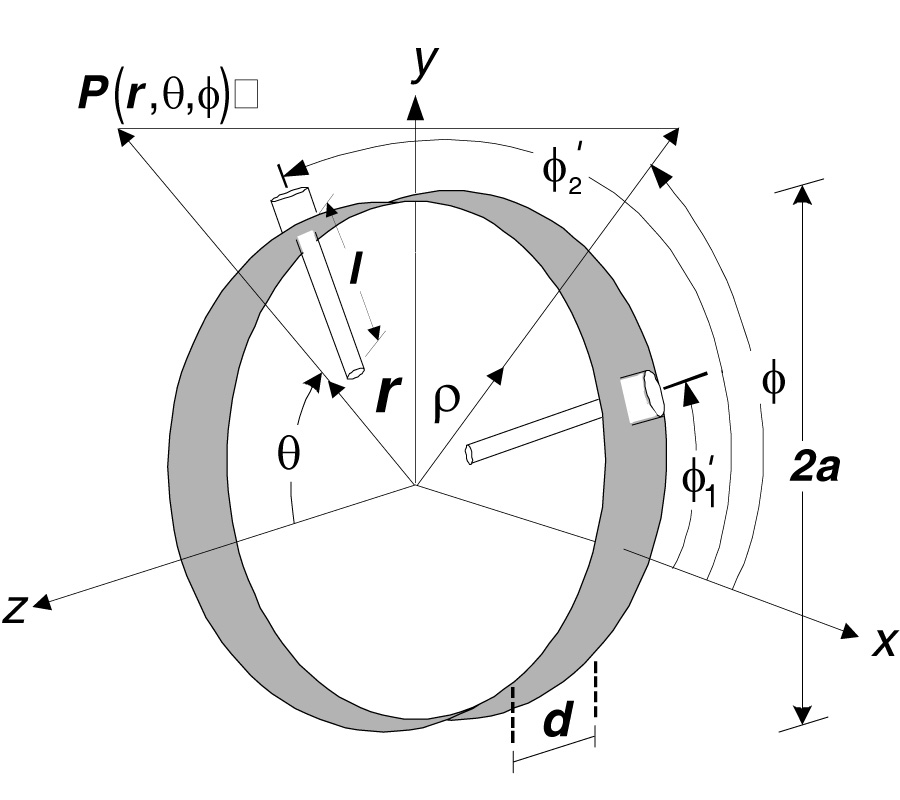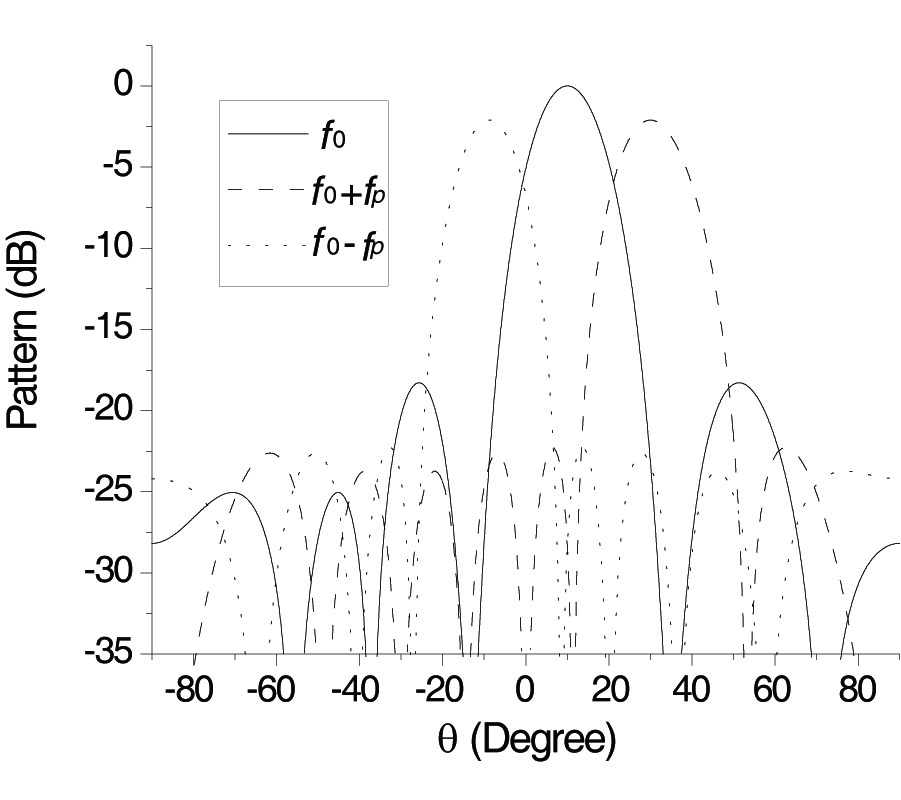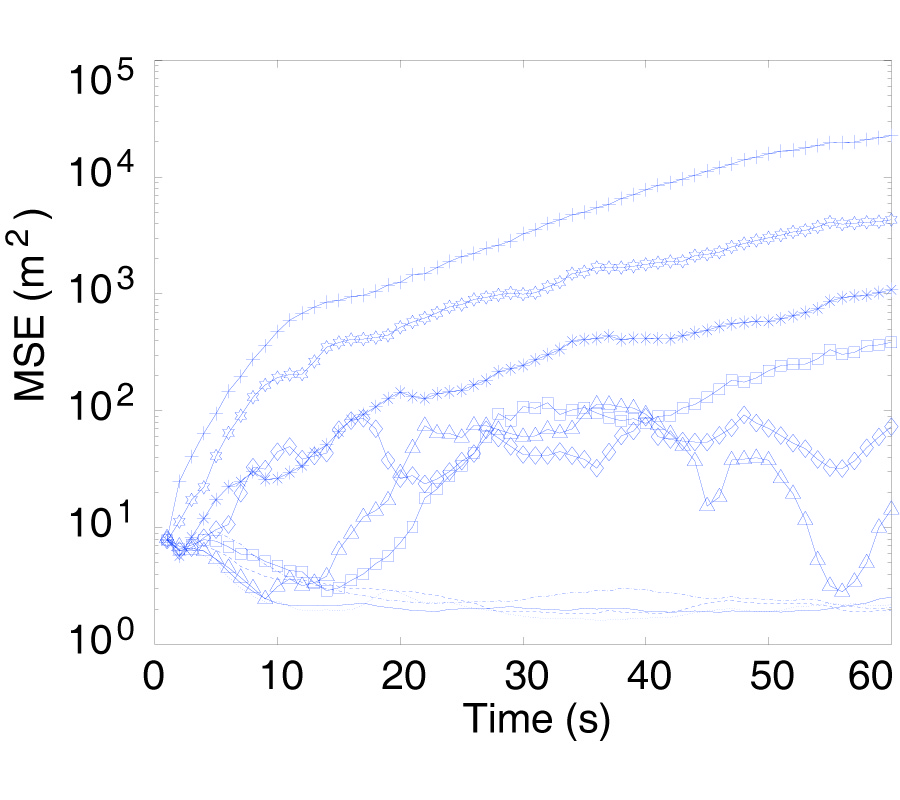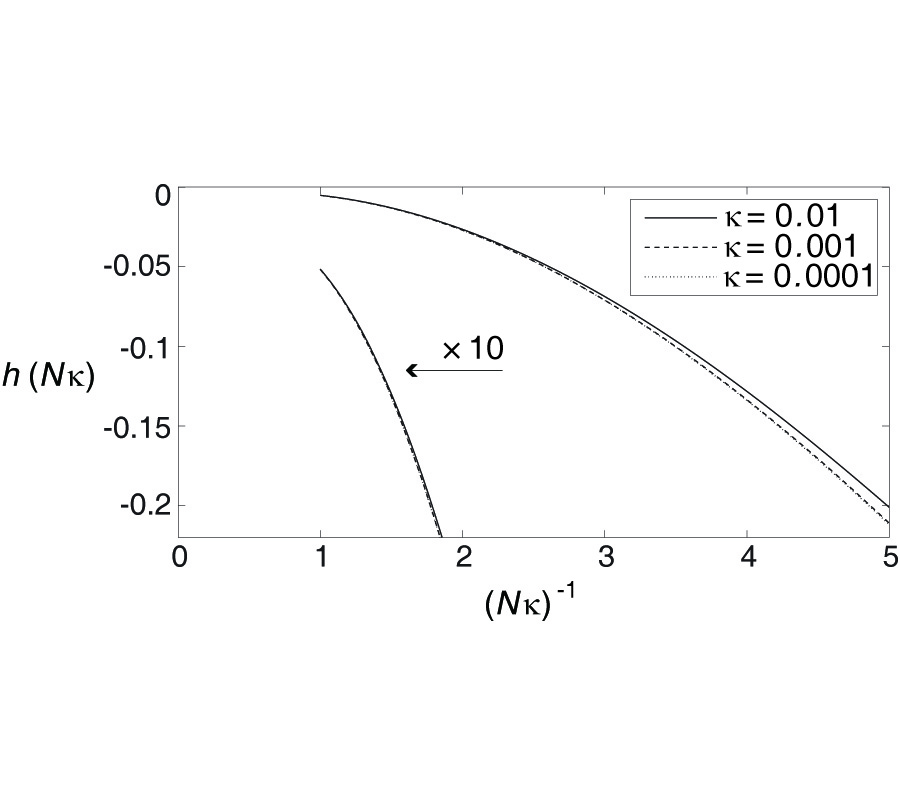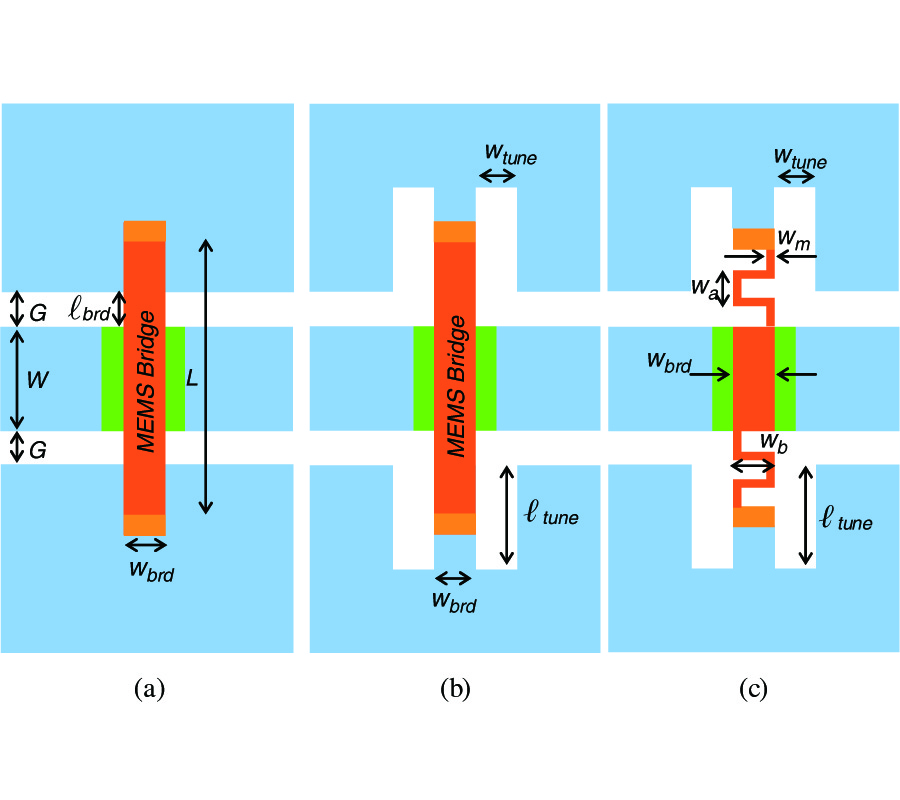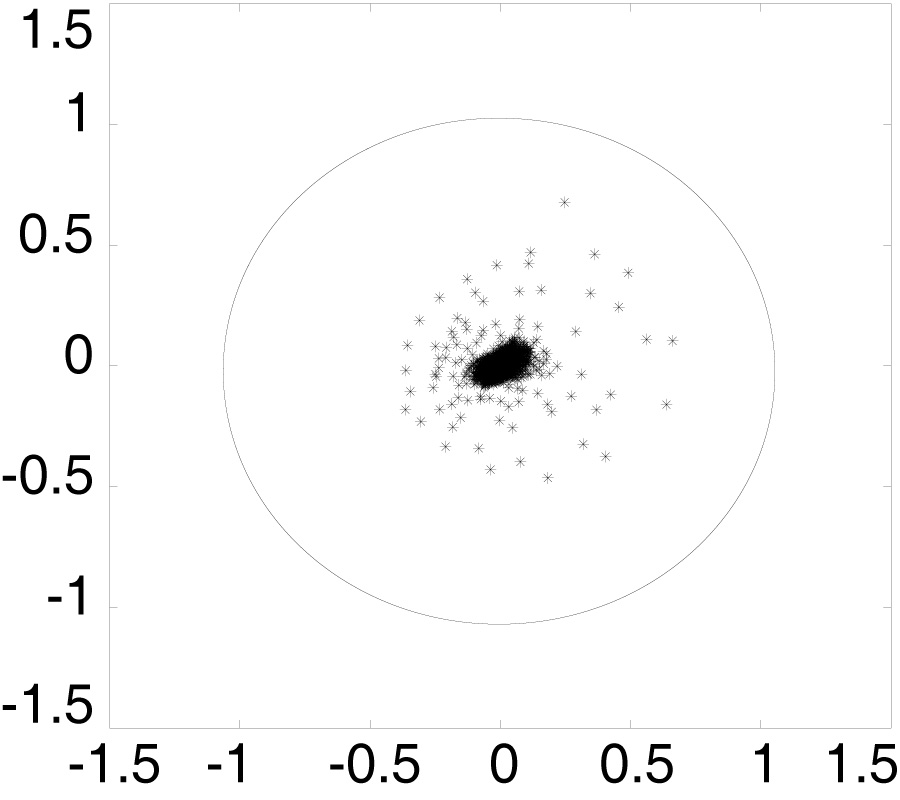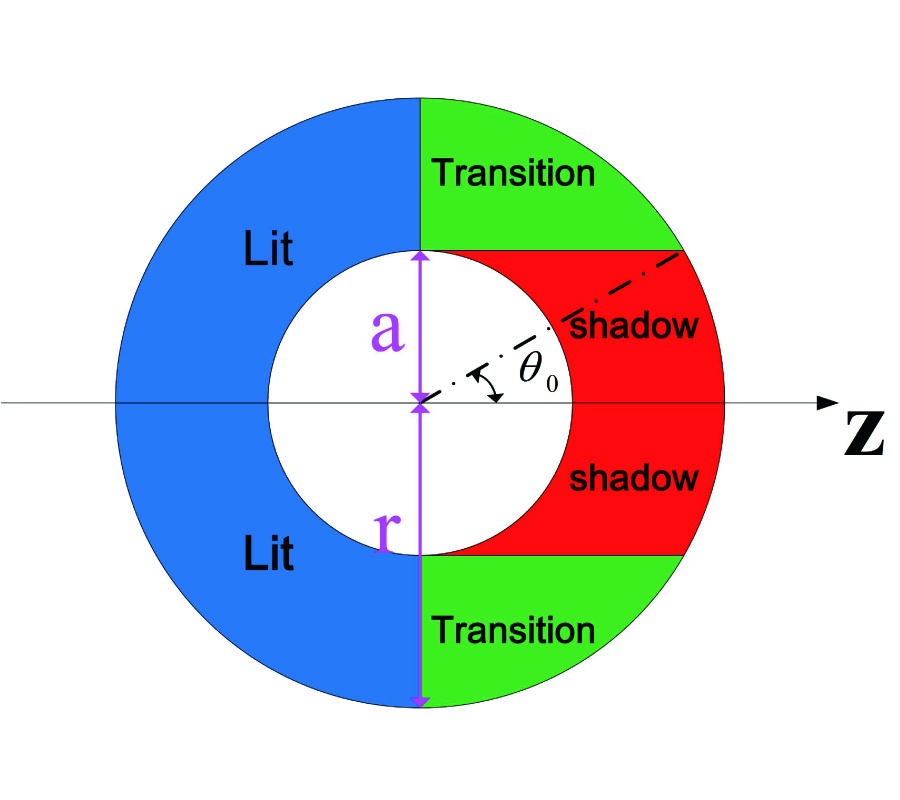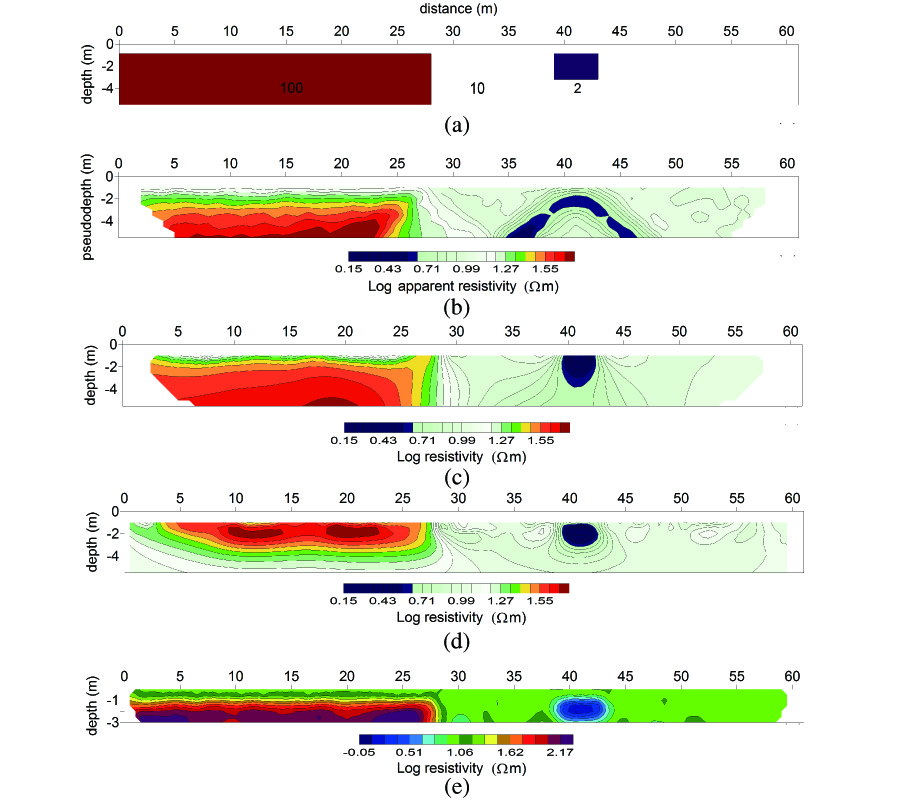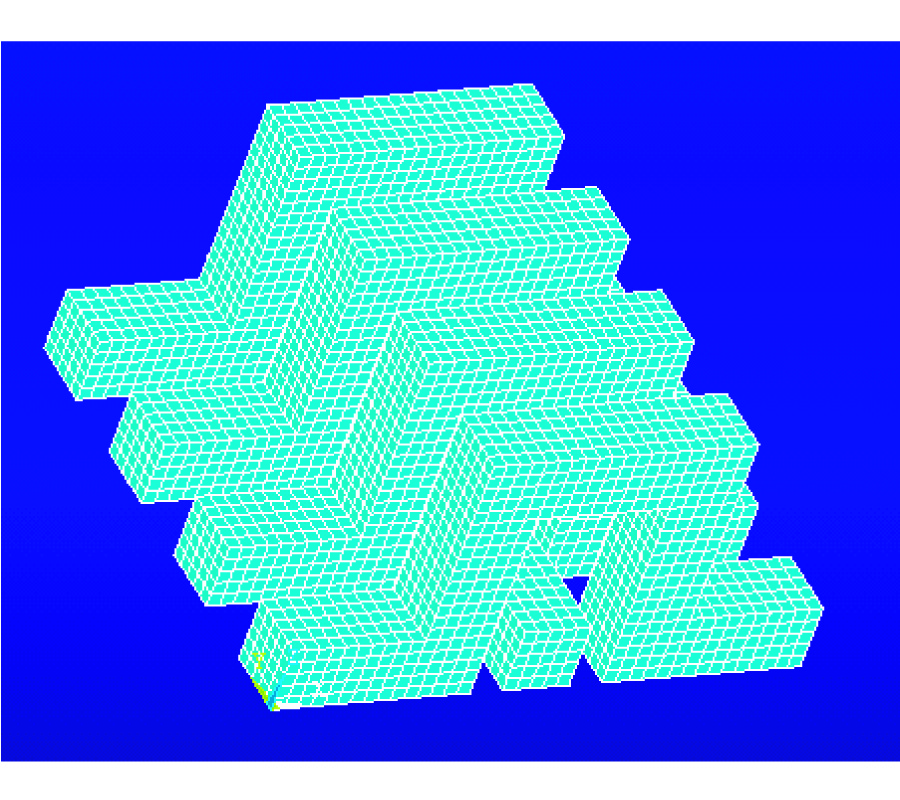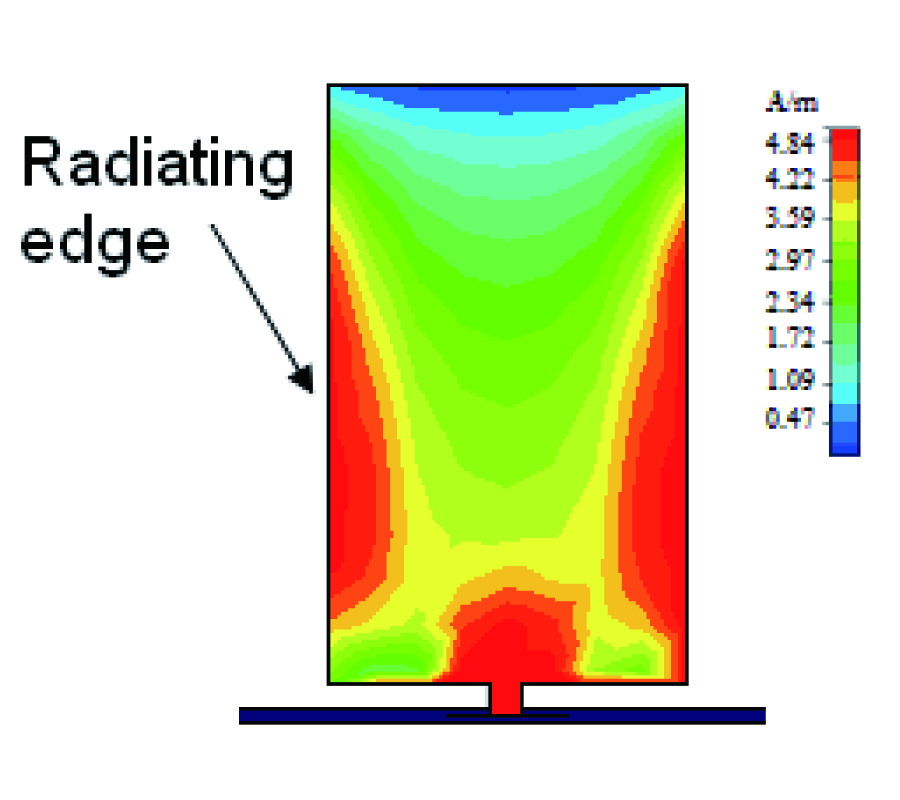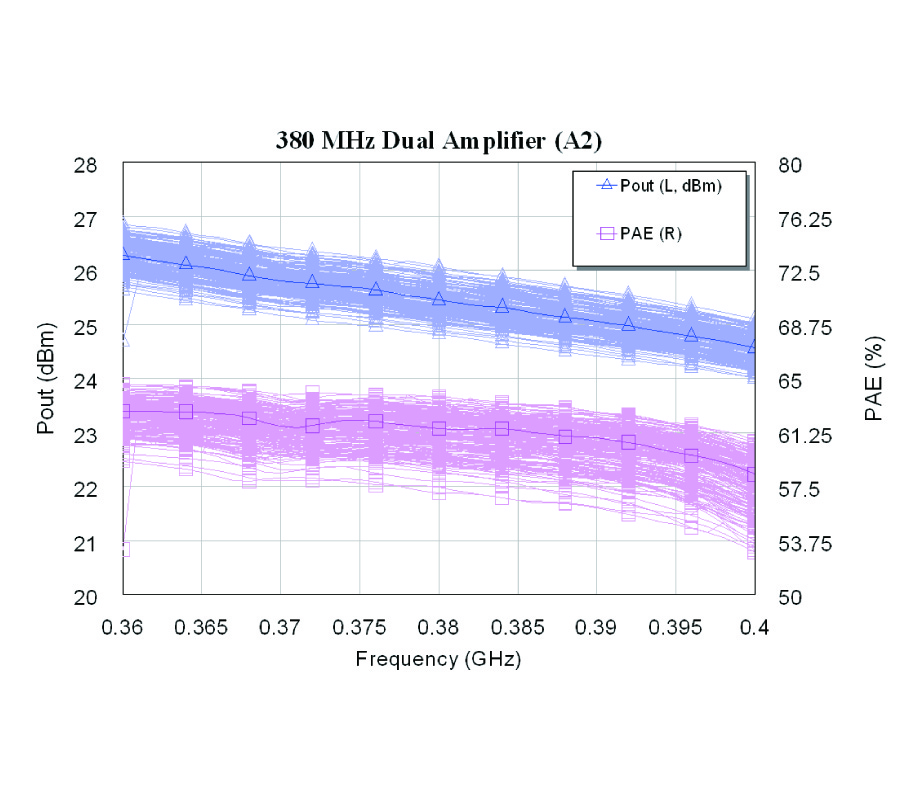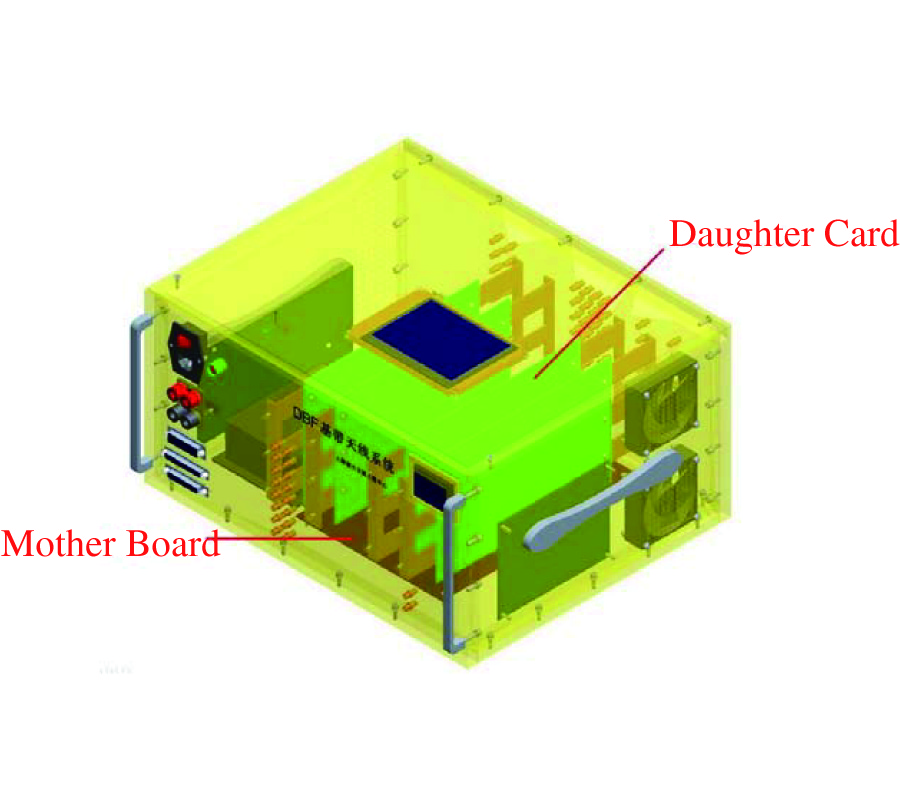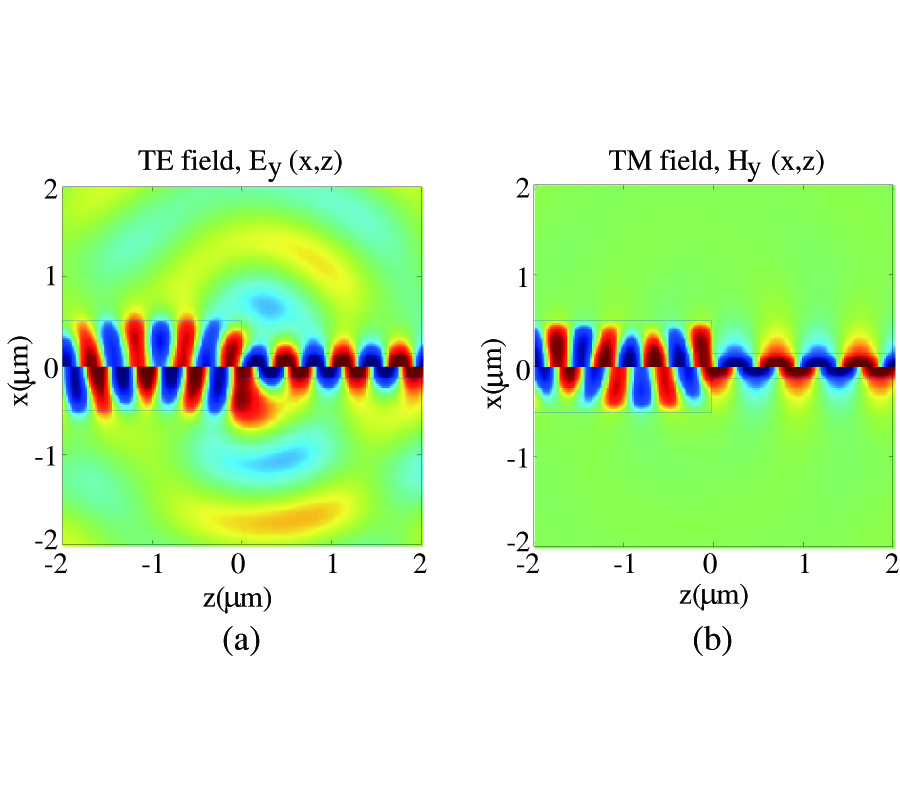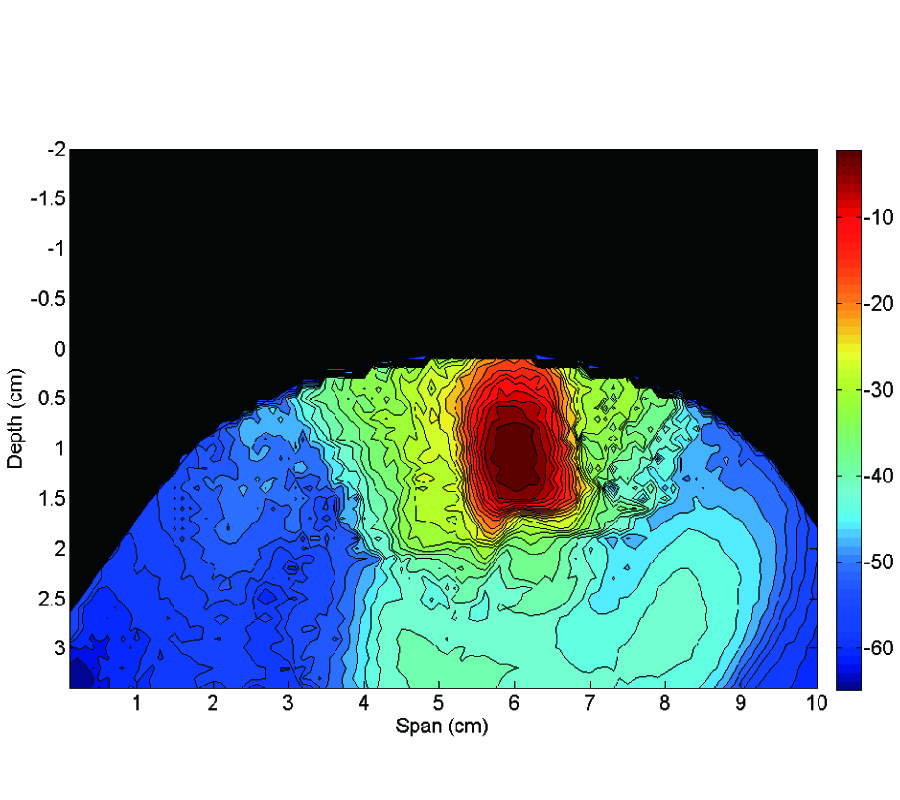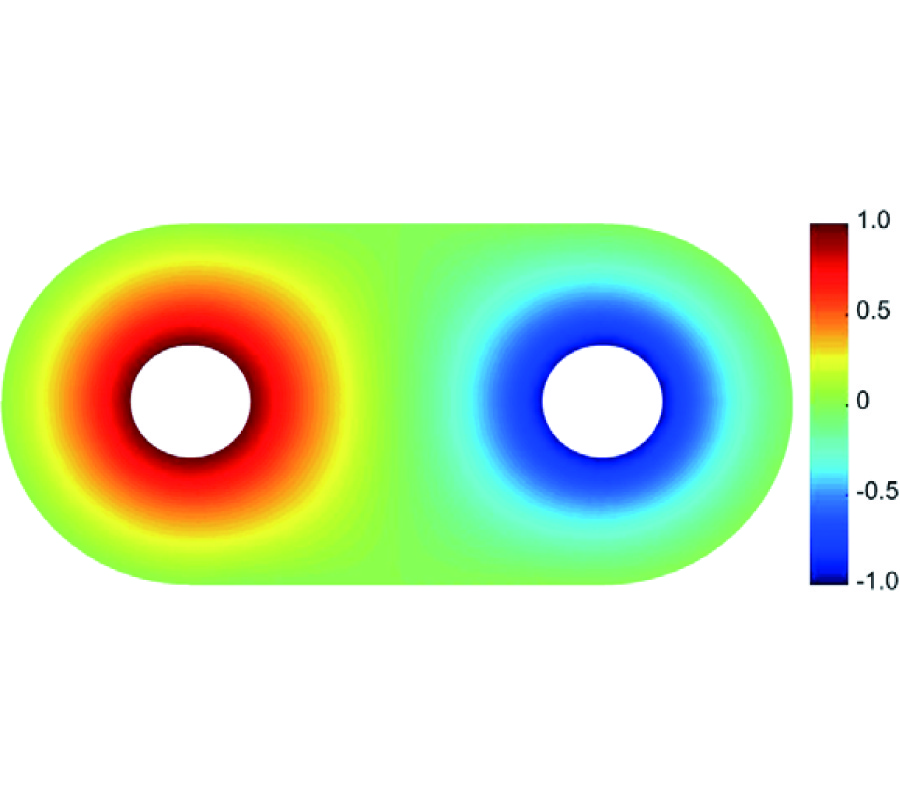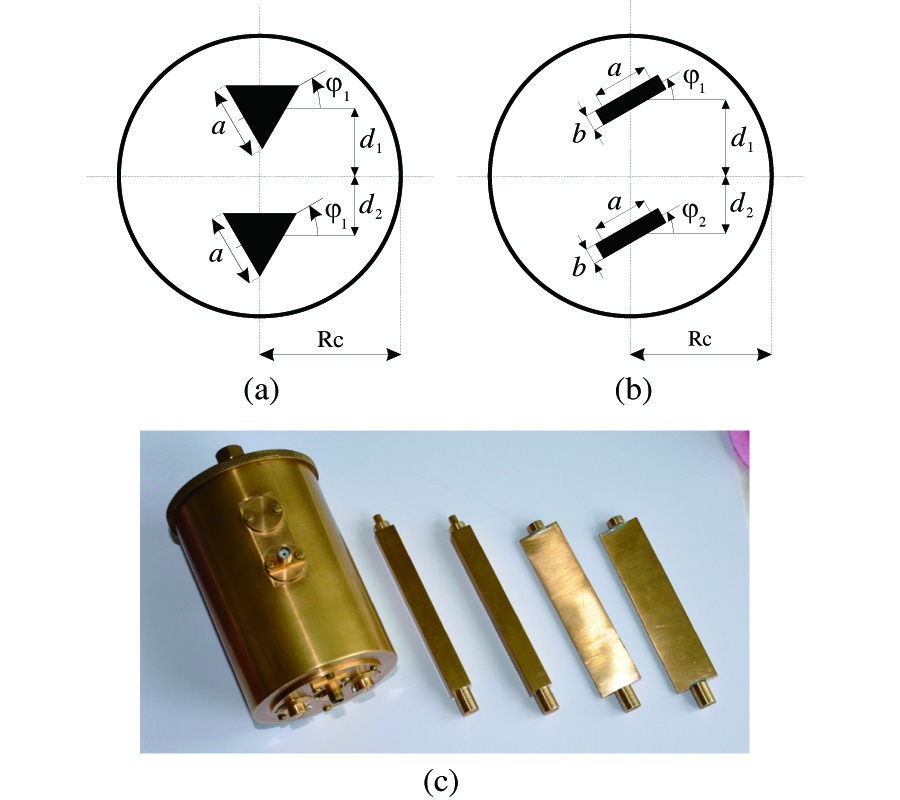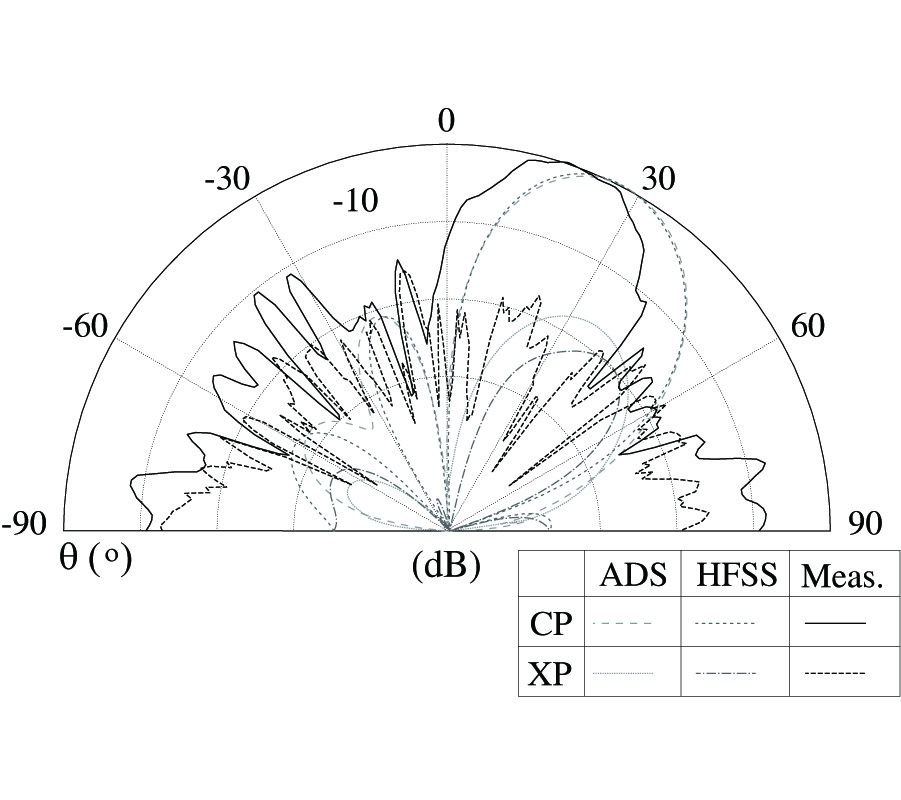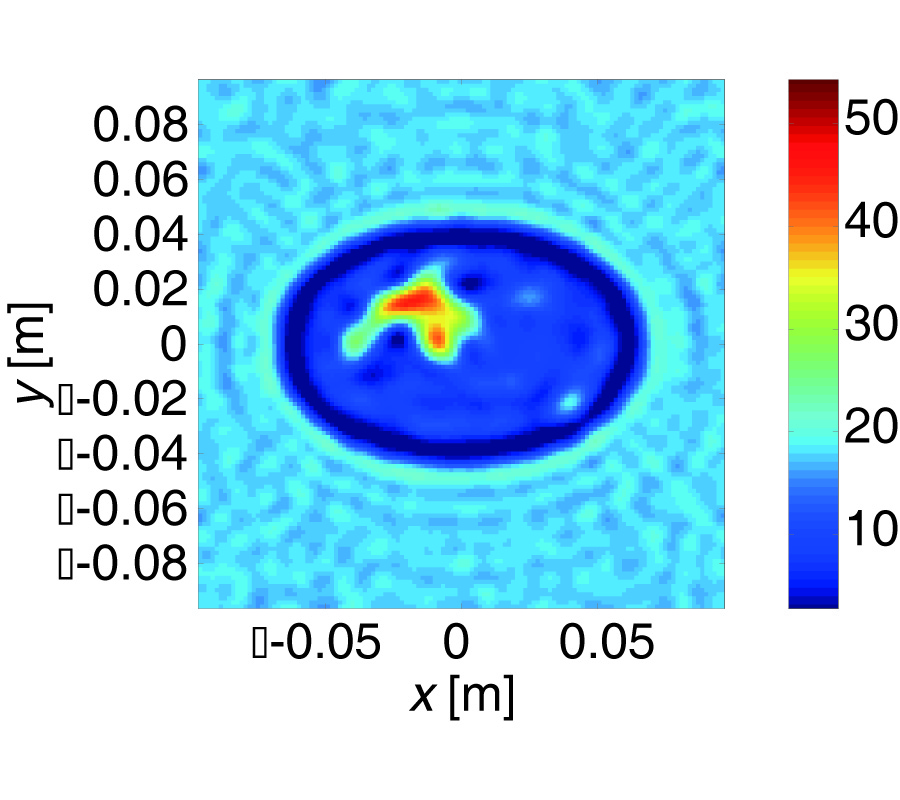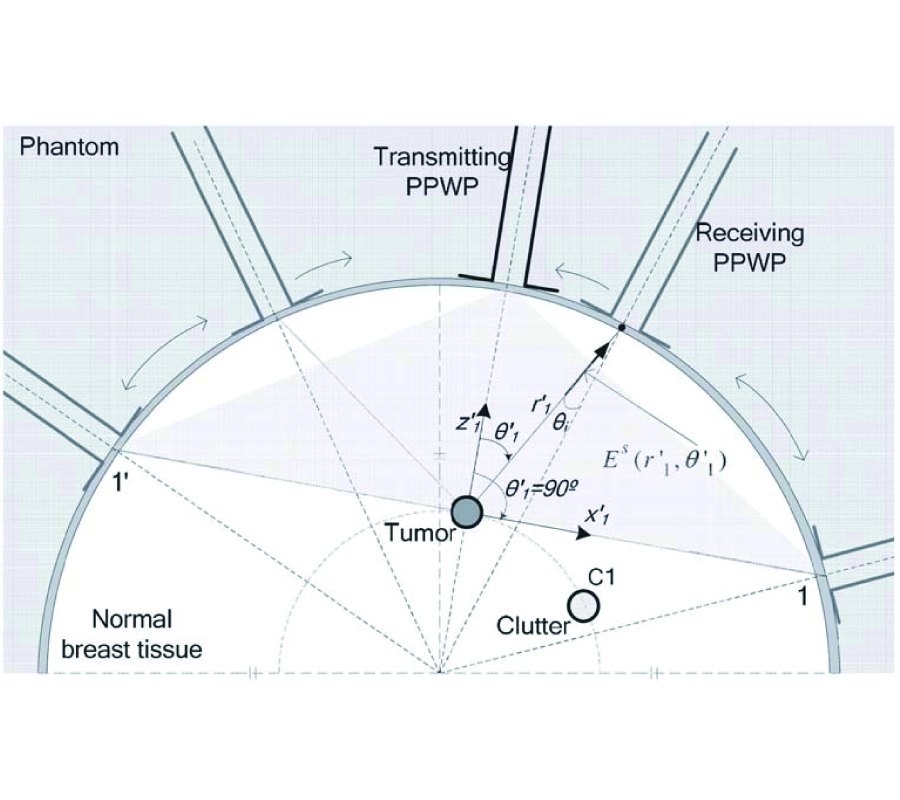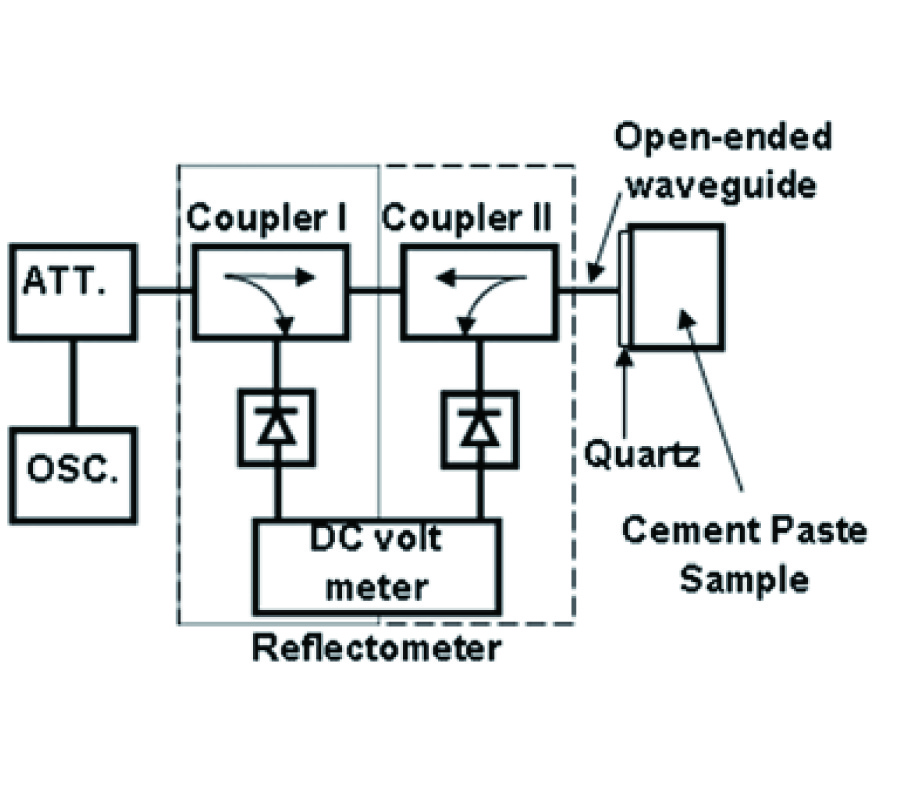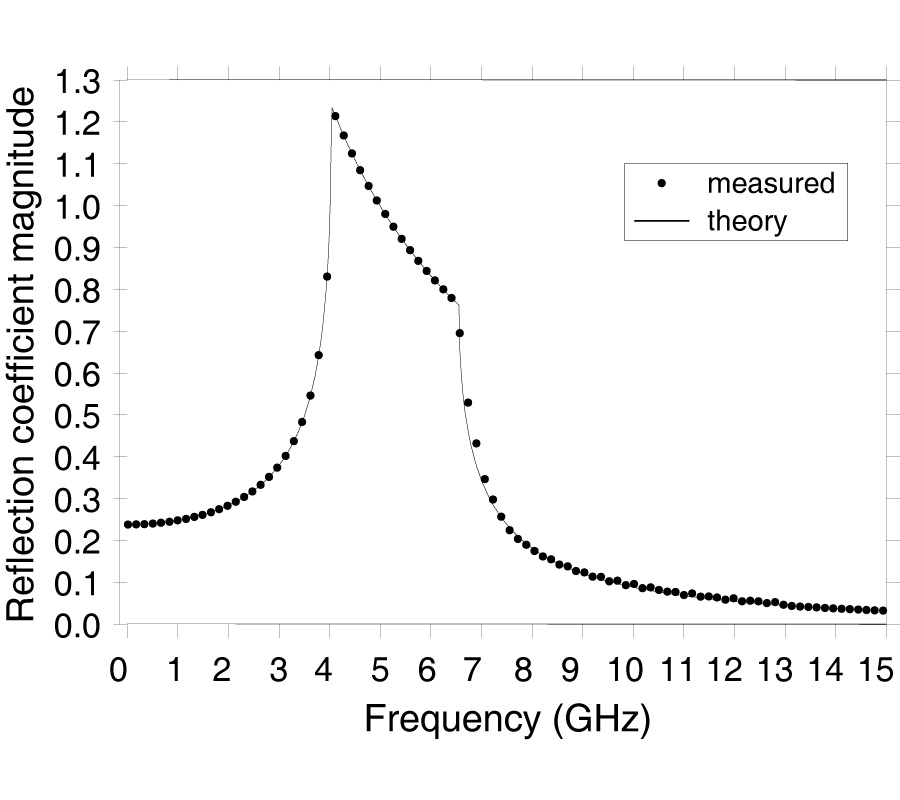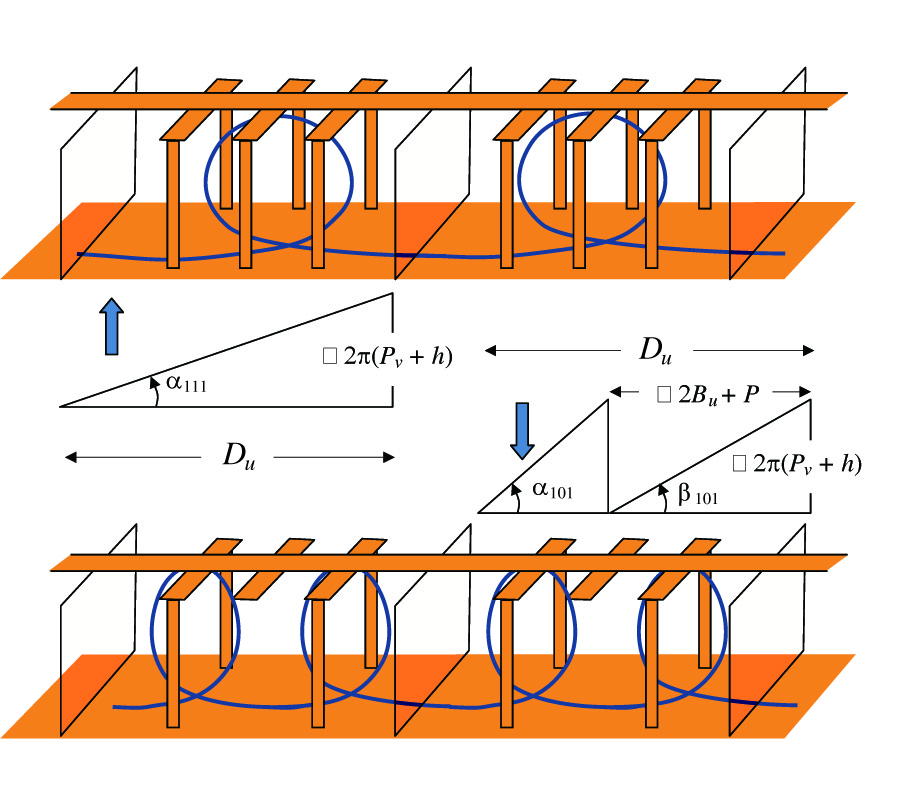On Quantitative Microwave Tomography of Female Breast
Ilaria Catapano
,
Loreto Di Donato
,
Lorenzo Crocco
,
Ovidio Mario Bucci
,
Andrea Francesco Morabito
,
Tommaso Isernia
and
Rita Massa
Microwave tomography deserves attention in biomedical imaging, owing to its potential capability of providing a morphological and functional assessment of the inspected tissues. However, such a goal requires the not trivial task of solving a non linear inverse scattering problem. In this paper, the factors affecting the complexity of the inverse problem are exploited to trace guidelines aimed at setting the matching fluid, the frequency range and the number of probes in such a way that the dielectric parameters of female breast tissues can be reliably retrieved. Examples, concerning 2D realistic numerical phantoms obtained by NMR images, are given to asses a osteriori the effectiveness of the proposed guidelines.
